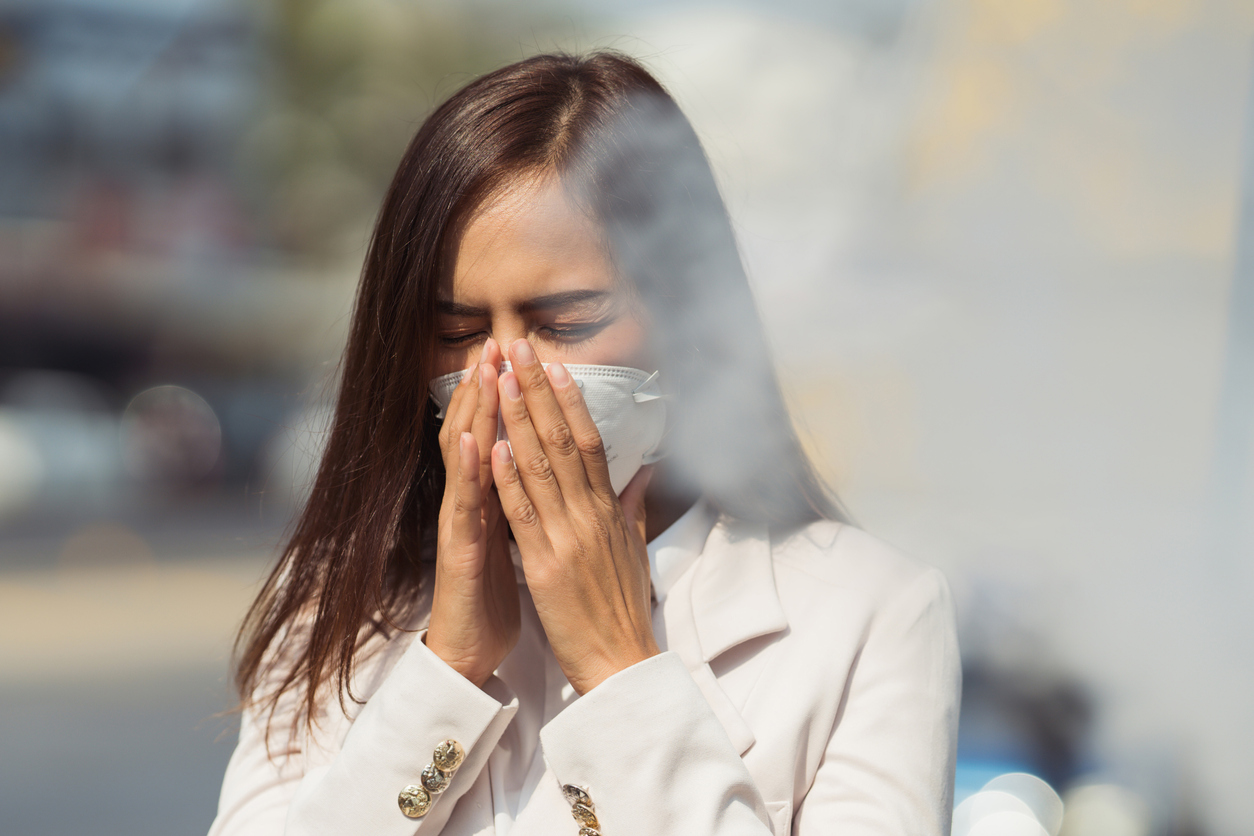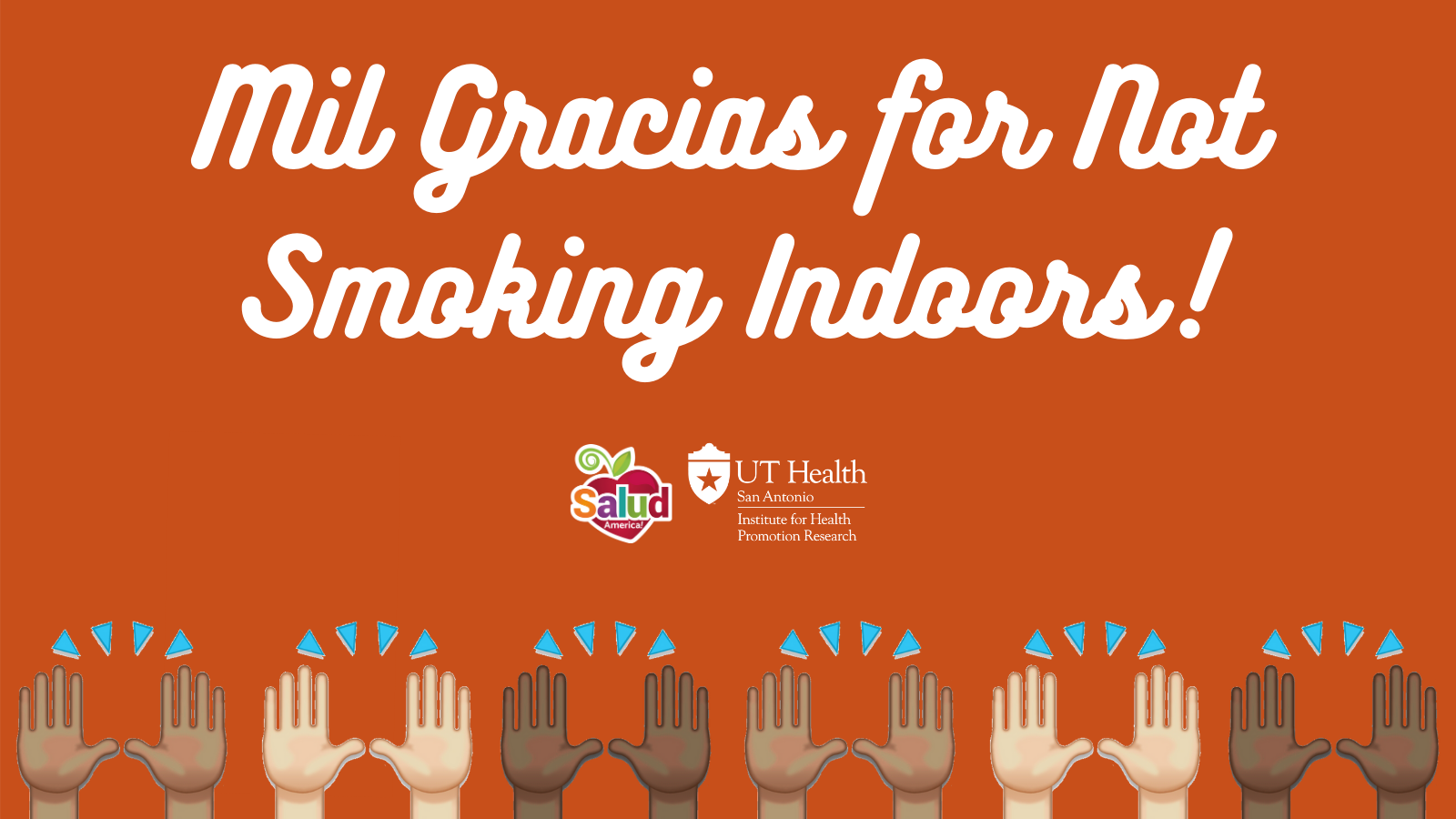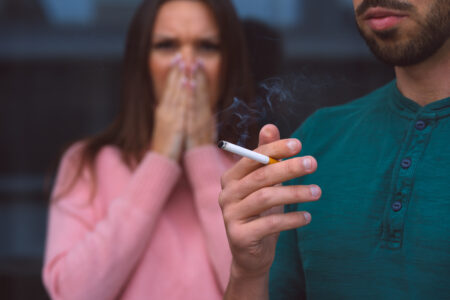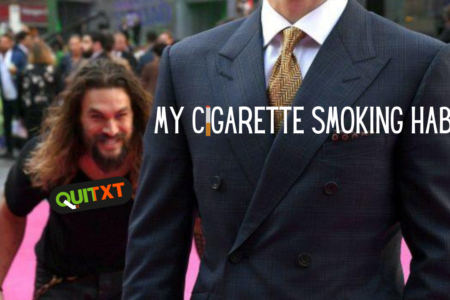
Share On Social!
Many people know secondhand smoke is a danger to health.
However, most people, including many health professionals, don’t realize just how dangerous it is, especially inside multifamily housing like apartment buildings.
Why is Secondhand Smoke a Big Threat to Health?
According to the American Lung Association:
- Secondhand smoke causes approximately 7,330 deaths from lung cancer and 33,950 deaths from heart disease each year.
- Between 1964 and 2014, 2.5 million people died from exposure to secondhand smoke, according to the 2014 report from the U.S. Surgeon General. The report also concluded that secondhand smoke is a definitive cause of stroke.
- There is no risk-free level of exposure to secondhand smoke.
- Secondhand smoke contains hundreds of chemicals known to be toxic or carcinogenic, including formaldehyde, benzene, vinyl chloride, arsenic ammonia and hydrogen cyanide.
- Secondhand smoke can cause heart attacks. Even relatively brief exposure can trigger a heart attack, according to a report by the Institute of Medicine.
- Secondhand smoke is especially harmful to young children. Secondhand smoke is responsible for between 150,000 and 300,000 lower respiratory tract infections in infants and children under 18 months of age, resulting in between 7,500 and 15,000 hospitalizations each year. It also causes 430 sudden infant death syndrome (SIDS) deaths in the U.S. annually.
- Secondhand smoke exposure may cause a buildup of fluid in the middle ear, resulting in 790,000 doctor’s office visits per year, as well as more than 202,000 asthma flare-ups among children each year.
Why Is Secondhand Smoke a Big Threat to the Risk of Cancer?
 According to the American Cancer Society:
According to the American Cancer Society:
- Secondhand smoke causes lung cancer, even in people who have never smoked.
- In adults, some evidence suggests it might be linked to cancers of the:
- Larynx (voice box)
- Nasopharynx (the part of the throat behind the nose)
- Nasal sinuses
- Breast
- Exposure of mothers and babies to secondhand smoke is possibly linked to certain childhood cancers:
- Lymphoma
- Leukemia
- Brain tumors
Dr. Claudia Miller, professor emeritus and leader of the Hoffman TILT (Toxicant-induced Loss of Tolerance) program at UT Health San Antonio, studies how smoke and other indoor air pollutants affect vulnerable people.
“When patients with these conditions—importantly asthma in children— seek healthcare, we doctors often fail to ask about secondhand smoke exposure, particularly for people living in multifamily buildings,” Miller said.
Why Is the Home a Worry When it Comes to Secondhand Smoke?
People spend more time at home than anywhere else.
This means any family member can potentially develop health problems related to secondhand smoke, according to the American Cancer Society.
“Multi-unit housing where smoking is allowed is a special concern and a subject of research. Tobacco smoke can move through air ducts, wall and floor cracks, elevator shafts, and along crawl spaces to contaminate units on other floors, even those that are far from the smoke,” the agency wrote. “[Secondhand smoke] cannot be controlled with ventilation, air cleaning, or by separating smokers from non-smokers.”
This is why HUD adopted a smoke-free policy in public housing in 2018.
Smoke-free policies are the only way to prevent exposure to secondhand smoke in multifamily units, according to HUD, ChangeLab Solutions, and other health experts.
The American Society of Heating, Refrigerating, and Air Conditioning Engineers agrees.
“At present, the only means of effectively eliminating health risk associated with indoor exposure is to ban smoking activity,” according to their 2010 position statement that they reaffirmed in 2019.
Many cities are adopting smoke-free multifamily housing policies.
In California, dozens of cities have passed these ordinances. Berkeley, Calif., for example, prohibits smoking in all units and common areas of multi-unit housing.
The Public Health Law Center in 2023 released a National Smoke-free Multiunit Housing Model Ordinance. This comprehensive model builds on the Center’s experience working on previous iterations of California and Minnesota models, years of experience in supporting communities and individuals with smoke-free housing policies, and an intensive three-year national stakeholder process.
What Can We Do to Promote Smoke-Free Housing and Reduce Exposure to Secondhand Smoke?
Check out UT Health San Antonio’s “Mil Gracias for Not Smoking Indoors!” campaign.
The Mil Gracias campaign is led by a group of local health experts: Dr. Amelie G. Ramirez, health disparities researcher and director of Salud America! at UT Health San Antonio; Dr. Claudia Miller, allergist/immunologist and professor emeritus at UT Health San Antonio; and Dr. Mandie Svatek, a pediatrician at UT Health San Antonio who leads the South Texas Asthma Coalition.
 At the campaign website, you can take three big actions:
At the campaign website, you can take three big actions:
- Email a “thank you” message to a smoker for not smoking indoors to keep our families healthy.
- Sign a letter to acknowledge the harms of secondhand smoke exposure.
- Share the benefits of reducing secondhand smoke in multifamily dwellings.
The best way for someone to protect themselves and others is by quitting smoking.
You can get help from the free Quitxt Program from Ramirez’ team at UT Health San Antonio.
The Quitxt program, developed with the support of the Cancer Prevention and Research Institute of Texas, is a bilingual service for smartphones that sends messages via text or Facebook Messenger to help coach and encourage people on the journey toward smoking cessation.
Also, download the Salud America! Action Pack “Help Your City Adopt Smoke-Free Multifamily Housing!”
The action pack will help you engage local leaders in exploring a smoke-free multifamily housing policy for common areas and individual units.
“Experts say a smoke-free multifamily housing policy can protect the health of tenants and staff of apartments from secondhand smoke, as well as save property owners money in unit maintenance, fire prevention, insurance, and reduced legal liability,” said Dr. Amelie G. Ramirez, action pack creator and director of the Salud America! Latino health equity program at UT Health San Antonio.
By The Numbers
24
percent
of Mexican American-nonsmokers are exposed to secondhand smoke



